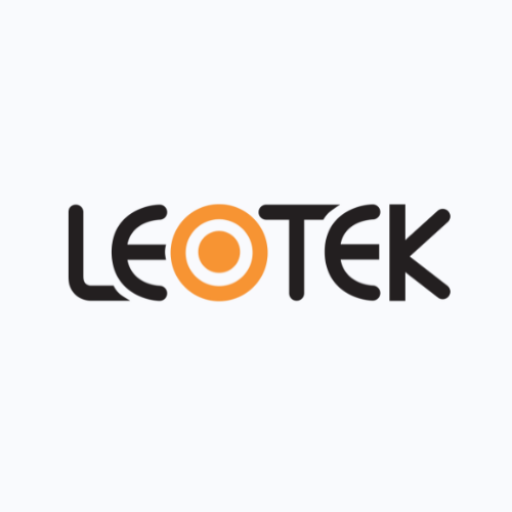About us
Products
Lighting
Roadway Light
Area Light
Signal Lighting
Traffic Signal
Pedestrian Signal
Railway Signal
IOT Device
Lighting Control
Resources
English

